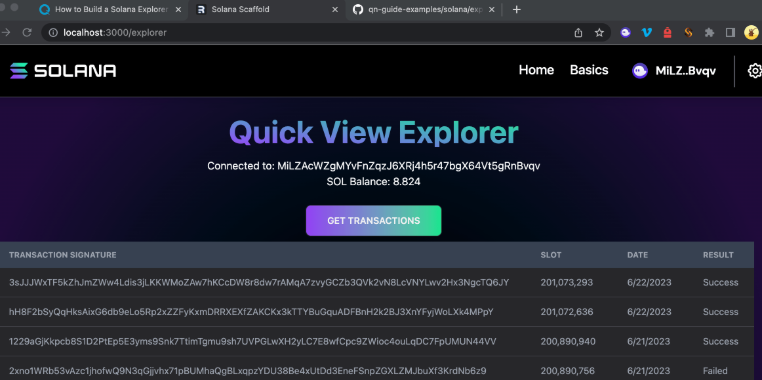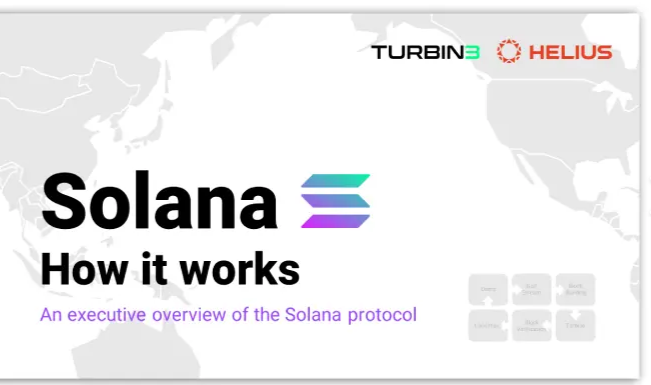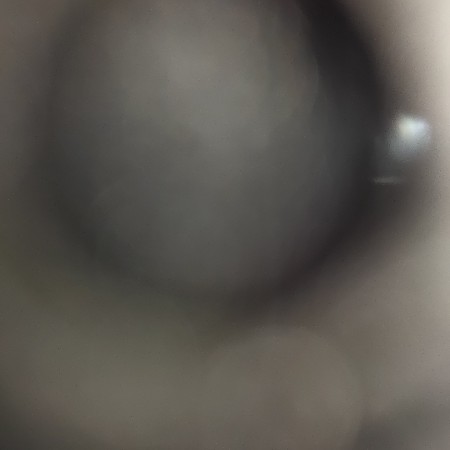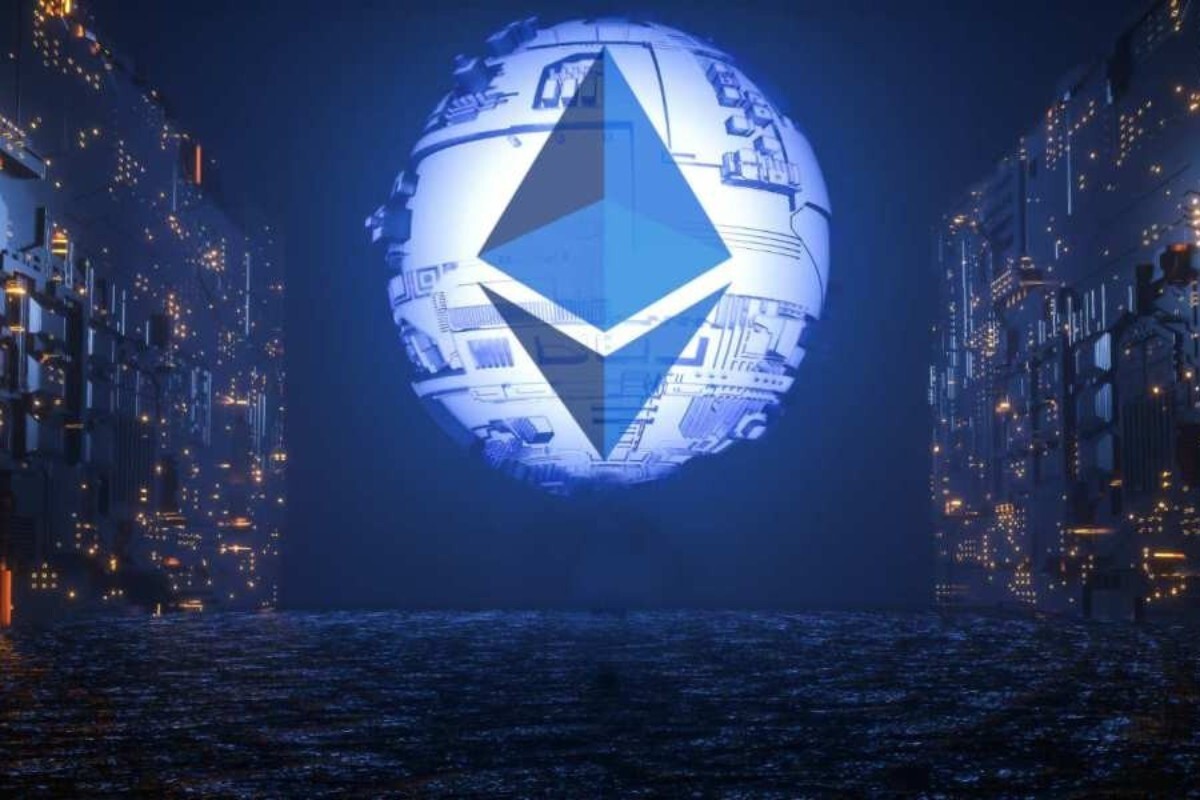As an investor in the Bitcoin space, have you ever been curious about different blockchains, especially SOL (Solana)? The speed and cost of transactions here leave a lasting impression. However, to effectively manage our digital assets, it's crucial to understand how to query specific blockchain information. Today, we’ll talk about how to use the SOL blockchain explorer to check address information, transaction records, and even contract details. Whether you’re a newbie or a seasoned player, I believe this article will help you navigate the world of Solana with ease.
Why Do You Need a Blockchain Explorer?
First, let's understand what a blockchain explorer is. Simply put, a blockchain explorer is an online tool that allows users to view a variety of information on the blockchain, such as transactions, account balances, smart contracts, and more. For investors, this data not only helps track assets but also deepens the understanding of the overall network status. This is particularly important in a high-speed blockchain like Solana, where timely querying and tracking transaction statuses are crucial.

Overview of SOL Blockchain Explorers
The SOL blockchain has several explorers to choose from, with the most commonly used being:
Solscan (solscan.io)
Solana Explorer (explorer.solana.com)
These two explorers have their unique features but offer similar basic functions. You can choose the one best suited to your usage habits and interface preferences.
Detailed Query Steps
Now, let’s look at how to query specific address information through the Solana blockchain explorer. Using Solscan as an example, let’s go through the steps:
Step 1: Open the Explorer
In your web browser, enter the URL solscan.io. You will see the homepage of Solscan, designed to be clean and easy to navigate.
Step 2: Access the Address Query Page
In the search box on the homepage, you can directly input the address, transaction hash, or token contract address you wish to query. For instance, if you want to check your wallet address, type it in the search box and hit enter.
Step 3: View Basic Information
Once the query is successful, you will enter the detailed page for that address. You can see the balance, held tokens, transaction records, and other information. The page typically displays the following sections:
Account Balance: Shows the current amount of SOL and other tokens held at that address.

Transaction History: Lists all transactions for that address, including dates, amounts, and statuses (success or failure).
Token Holdings: Displays various tokens held at that address and their respective amounts.
Step 4: Analyze Transactions
In the transaction history section, each transaction contains detailed information, including sender, receiver, transaction amount, and fees. You can click on each transaction to view more detailed data, such as block confirmation count and transaction time. In Solana, the transaction confirmation speed is very fast, so you can almost monitor your asset movements in real-time.
Step 5: Monitor Multiple Tokens
If you hold not just SOL but also other tokens on the Solana network, Solscan can help you view all related token information. Through the “Token Holdings” section, you can quickly understand your asset portfolio.
Step 6: Query Using Solana Explorer
If you prefer to use the Solana Explorer for querying, the steps are similar to those for Solscan. Visit explorer.solana.com, and input your address or transaction hash in the search box to view all relevant information and statistics.
Tips and Precautions
Pay Attention to Security: When entering addresses, ensure there are no typos to avoid sending assets to incorrect addresses. Transactions can be tracked, but errors in the receiving address cannot be corrected.

Familiarize Yourself with Common Terms: In the explorer, you will encounter various terms like "Nonce," "Signature," etc. Understanding these terms helps you accurately interpret the information retrieved.
Stay Updated: The Solana ecosystem evolves rapidly, so it’s best to keep an eye on new tools and resources to optimize your trading and asset management capabilities.
Conclusion
By using the SOL blockchain explorer to query address information, you can not only get real-time insights into your asset situation but also deepen your understanding of the entire Solana network. Whether you’re a newbie or an experienced player, mastering these skills will greatly benefit you on your investment journey. I hope this article helps you effectively leverage the SOL blockchain explorer to accurately search and manage your digital assets, taking the first step toward successful investing!
















No comments yet